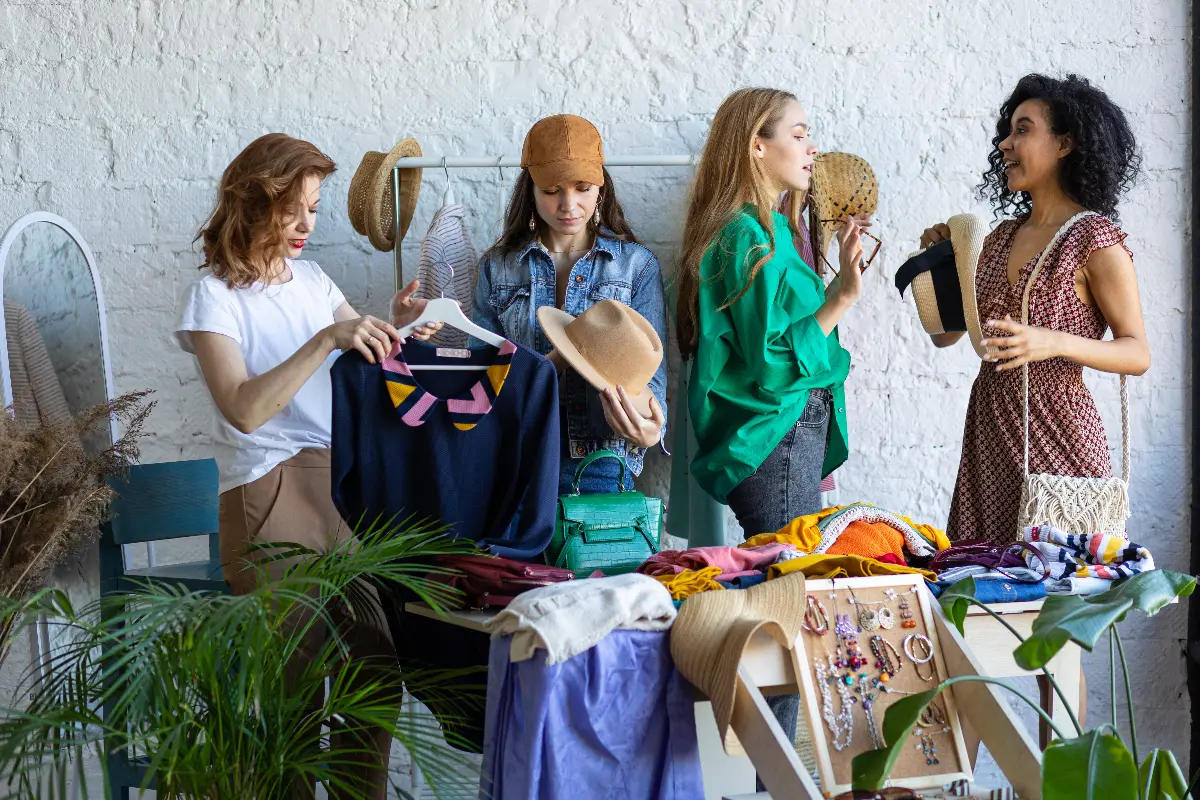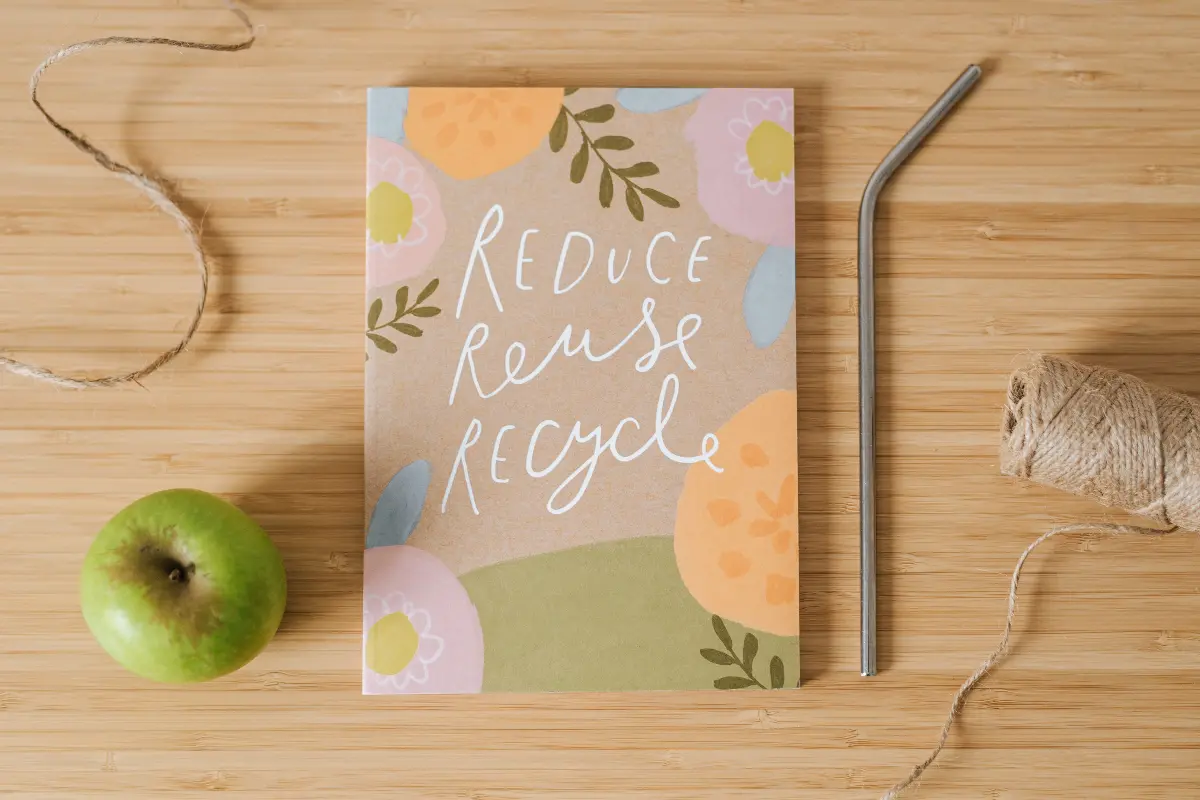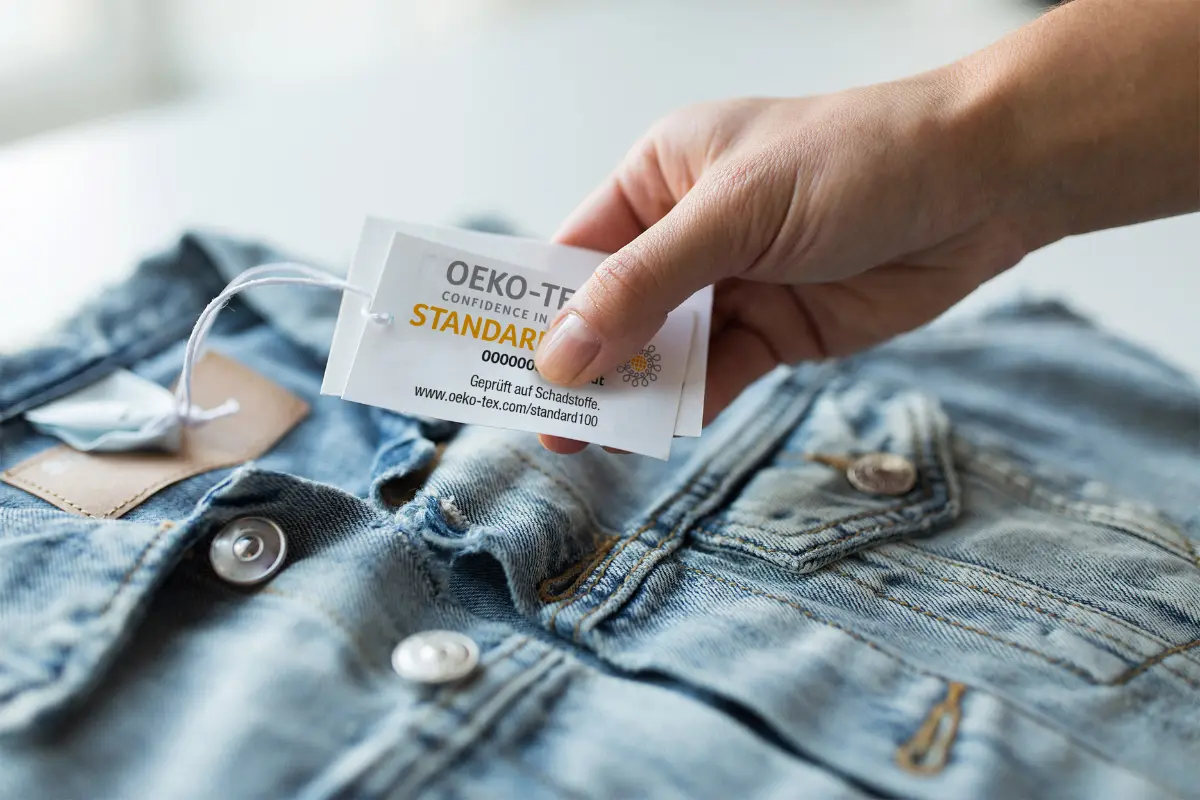
Helyszín címkék:
Is sustainable fashion an illusion or an achievable reality?
Szabó Sára
How does a fashion brand become sustainable?
“In recent years, the fashion industry has also undergone fundamental changes as a result of the coronavirus. The issue of sustainability, driven mainly by Generation Z and consumers, has become more pronounced. Under EU directives, digital access to sustainability information will be mandatory in the future, and they also want only the most sustainable products to be sold and available in the EU. These changes are not optional or discretionary guidelines for companies, but will be mandatory to comply with – meaning that we are facing serious changes and restrictions that we have probably never seen before in our lives” – as Anita Forintos-Szűcs, Deputy CEO of the Hungarian Fashion & Design Agency, put it.
As a result of the transformation, she says, the market will see products made from higher quality materials, with a longer lifespan, that are sustainable and transparent. However, this transformation requires a high degree of adaptation, flexibility and reorganisation skills on the part of both textile and clothing workers and consumers. Many say this is the EU’s “declaration of war” on fast fashion companies. But the change of mindset is not about destroying companies specialising in mass production, but about reducing the number of collections they produce each year, for example, or cutting back on greenwashing. It is not nice for fast fashion brands to try to be environmentally friendly by advertising themselves as the most transparent brand in the world on their social media pages, when it is just part of their PR–marketing strategy.
According to Anita Forintos-Szűcs, education and the way brands communicate and send messages about themselves is very important to change consumers’ attitudes towards sustainable fashion instead of fast fashion. Research shows that 62% of Generation Z prefer to shop from sustainable, ethical brands rather than fast fashion stores. More and more people are realising that it’s not designer pieces that are expensive, but fast fashion products that are too cheap. There is a wide variation in the list of Hungarian designer products, but more and more locally produced products are available on the domestic market for a few tens of thousands of forints, but of much higher quality.

“The trends and experiences of the past few years have given more visibility to domestic designers and a growing focus on sustainability, with more and more people looking for unique, timeless, quality products as opposed to mass-produced ones. Customers have discovered that they feel more special, more confident in designer pieces and these appreciate them more.”
They prefer to combine their designer pieces with fast fashion products, often buying designer products second-hand, which is now increasingly possible on a growing number of platforms.
It all depends on the raw material
The Deputy CEO points out that less than one percent of the clothes produced worldwide are recycled, but there is still no 100% sustainable material, only less harmful, so it is essential to create a culture of sustainability. The aim is to extend the life of products as much as possible. This can be done by borrowing instead of buying, or by modifying, repairing or reselling an existing product. This reduces waste and the reuse of raw materials and finished products creates economic value. In the field of materials innovation, too, more and more people are seeing the sense and potential of the links between different scientific disciplines.

This is what to look for when shopping for clothes to get one step closer to sustainability
The new generation puts environmental protection above all else. Recycling has become a trend and more and more people around the world are becoming aware of sustainability. Thanks to them, there’s an influx of Instagram and Tiktok content, shows, books, exhibitions and tutorial videos. Despite encouraging initiatives, we cannot afford to sit back. Sustainable and conscious shopping includes a strong focus on products made from natural materials and ethically produced items made by local designers, possibly artisans. Consumers are increasingly looking for naturalness and authenticity in products.
“For new clothes, look for GOTS or OEKO-TEX certified organic cotton, organic, fairtrade products. If we can, we should have fewer but better quality products – suggests Anita Forintos-Szűcs. She adds that second-hand designer products and clothes with a story have become popular. For a long time, recycling was unthinkable in the fashion industry – but conscious consumers have discovered this world for themselves. One of the key ideas of sustainability has become that one man’s trash is another man’s treasure – and this idea is also playing a big role in material innovation.
Hungarian innovations and successes that shape the country’s image

In 2022, Moholy-Nagy University of Art and Design and Nanushka signed a cooperation agreement to launch the Conscious Textile Group. The initiative aims to research the circular use of post-production textiles and its innovative ways, furthermore, the development of new and sustainable materials. An artificially produced alternative material with the same properties as animal skin has been developed by Modern Meadow – with a Hungarian dimension. T-shirts made from the world’s first biofabric leather were also included in the MoMa “Is Fashion Modern” exhibition in New York. Some domestic furniture brands also use 100% PET bottles. Equally innovative and successful is the Hungarian MASUKO Recycling technology, which offers solutions for the treatment and recycling of plastics, including concrete and organic bricks from waste such as PET bottles.
The fashion industry contributes to shaping the image of a country, just as much as our built or natural heritage or our gastronomy, among other things. The importance of the fashion industry is increased by the fact that some of their consumers do not buy products where they live, but during travel or travel to buy them. Buying fashion and design products can also be a tourist attraction, with many examples of premium retail proving that it can be a defining feature of the cityscape. And nowadays, shopping is no longer just an ancillary activity of travelling, but a category of leisure, a determining part of the travel, which facilitates the encounter with local culture, products, craftsmen, contemporary art.






